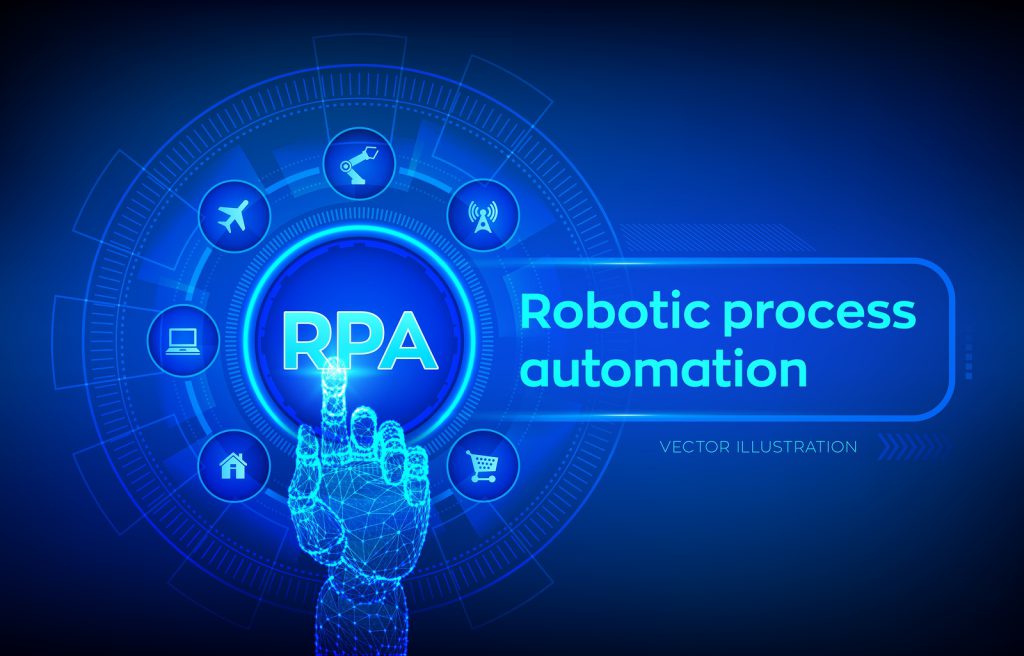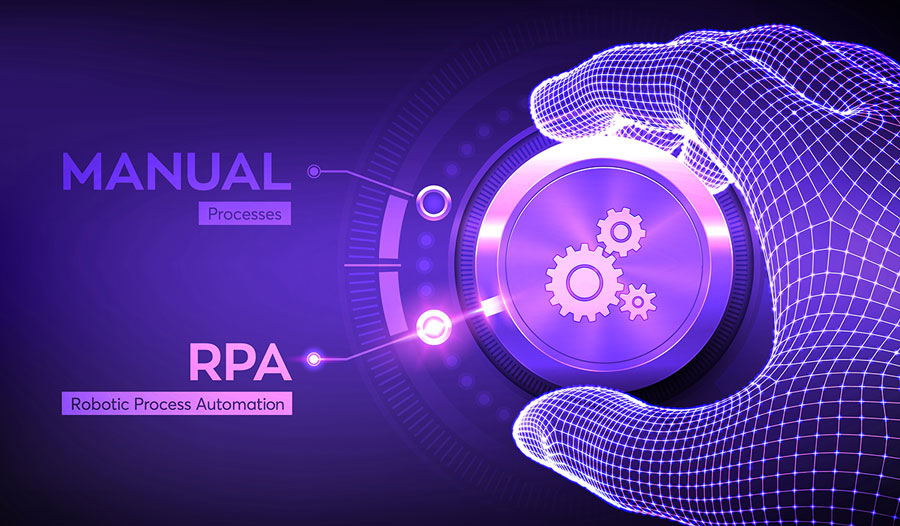Robotic Process Automation (RPA): Automating business processes with robots
Published

Robotic Process Automation (RPA) refers to the use of software robots or so-called “bots” to automate manual and repetitive tasks in business processes. In this blog article, we will look at the basics of RPA, its applications and benefits for businesses.
The benefits of RPA

Those : xcelacore.com
Implementing RPA offers a variety of benefits for businesses. By automating tasks, companies can increase productivity, reduce costs and improve efficiency. RPA also enables tasks to be completed more quickly and accurately, allowing robots to work 24/7 without human error or delays.
Use cases for RPA
RPA can be used in various business areas. Examples of use cases include automated data processing, customer management, invoicing, data extraction and analysis, and HR process automation. By automating these tasks, companies can save time, improve accuracy, and focus resources on value-added activities.
Implementing RPA

Those : amdosoft.com
Implementing RPA requires a thorough analysis of existing business processes and identification of appropriate tasks for automation. Choosing the right RPA platform and training employees to handle the new automated processes are also crucial. A successful implementation of RPA requires close collaboration between different departments and continuous monitoring and optimization of automated processes.
Challenges and solutions
Various challenges can arise when implementing RPA. This includes identifying the appropriate processes for automation, ensuring data security and privacy regulations, and employee acceptance and collaboration. Through careful planning, training and communication, these challenges can be overcome to ensure a smooth implementation of RPA.
Future of RPA

Those : allstarss.com
The future of RPA looks promising. As technology advances and the integration of artificial intelligence (AI) and machine learning (ML), robots are becoming increasingly intelligent and able to automate more complex tasks. RPA is expected to continue to be used in companies of all industries and sizes to increase efficiency and productivity.
Conclusion
Robotic Process Automation (RPA) offers companies the opportunity to automate manual and repetitive tasks, thereby achieving efficiency, productivity and cost savings. By properly analyzing, implementing and monitoring RPA, companies can optimize their business processes and become more competitive. RPA is an emerging area of technology that has the potential to fundamentally change the way businesses work. It is important to understand the opportunities and challenges of RPA and develop a smart strategy for implementing and leveraging this technology. RPA offers a variety of benefits including time savings, accuracy, scalability and cost reduction. By automating tasks, employees can focus their time on value-added activities and increase productivity. Companies can also benefit from faster execution of processes, resulting in improved customer satisfaction. There are different RPA platforms on the market that offer different functions and features. When choosing an RPA platform, it is important to consider the specific needs of the business and ensure that the platform offers seamless integration with existing systems.








